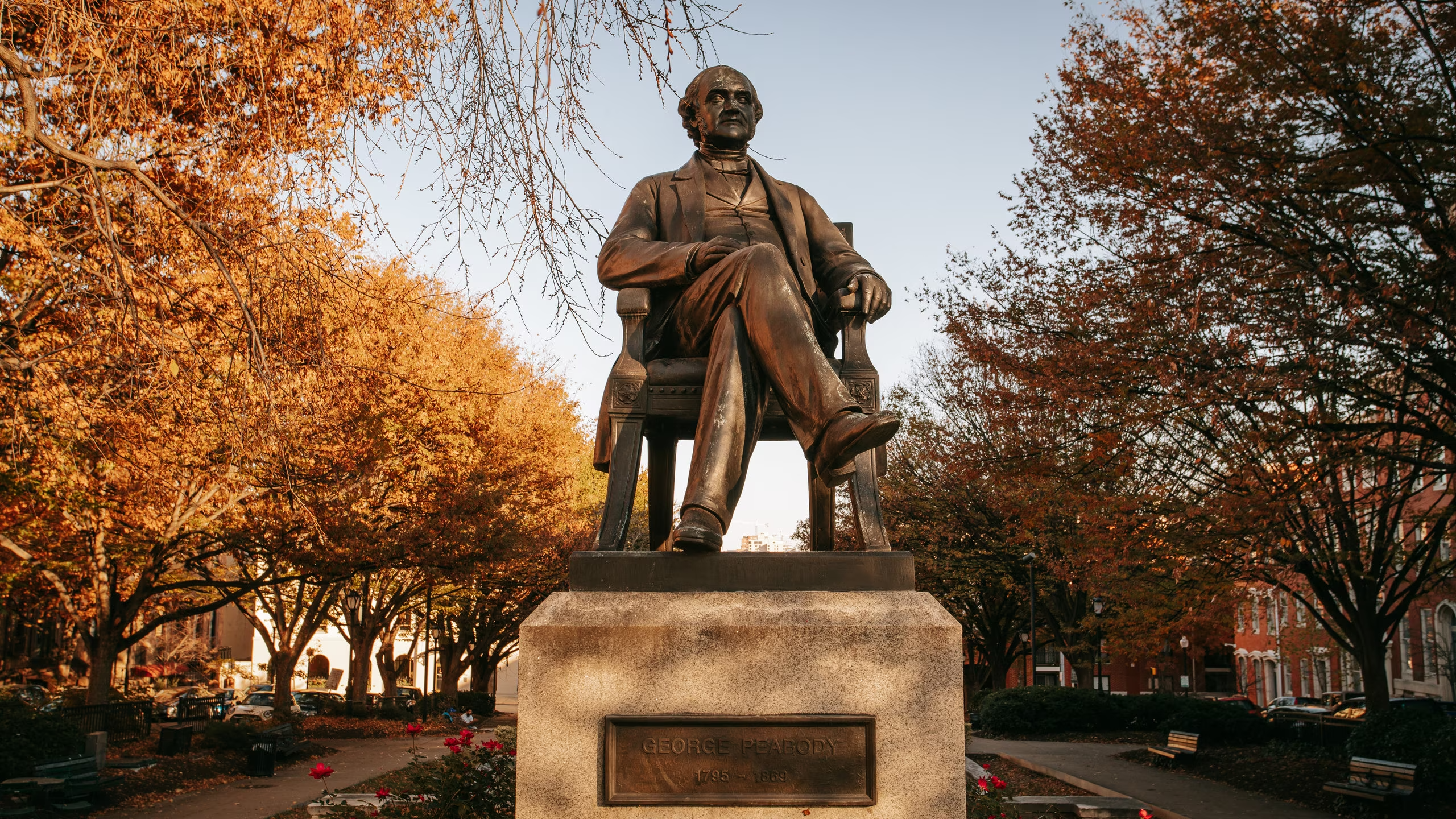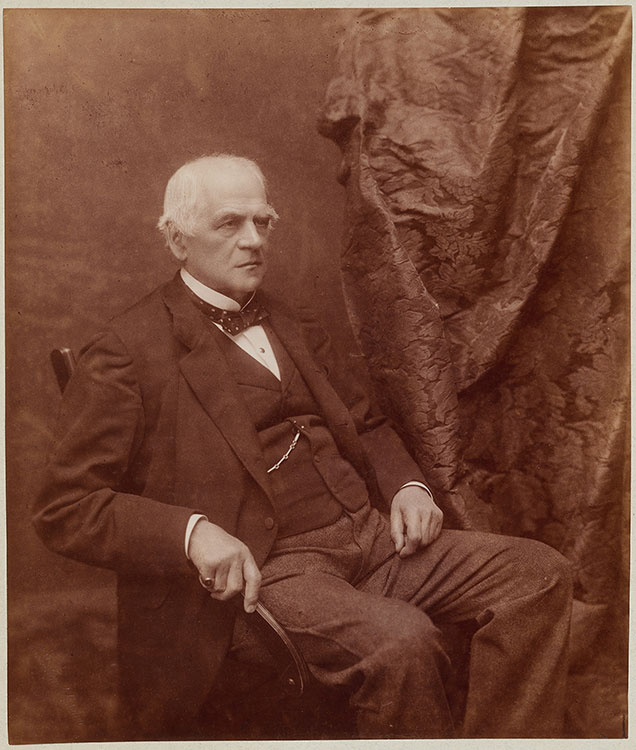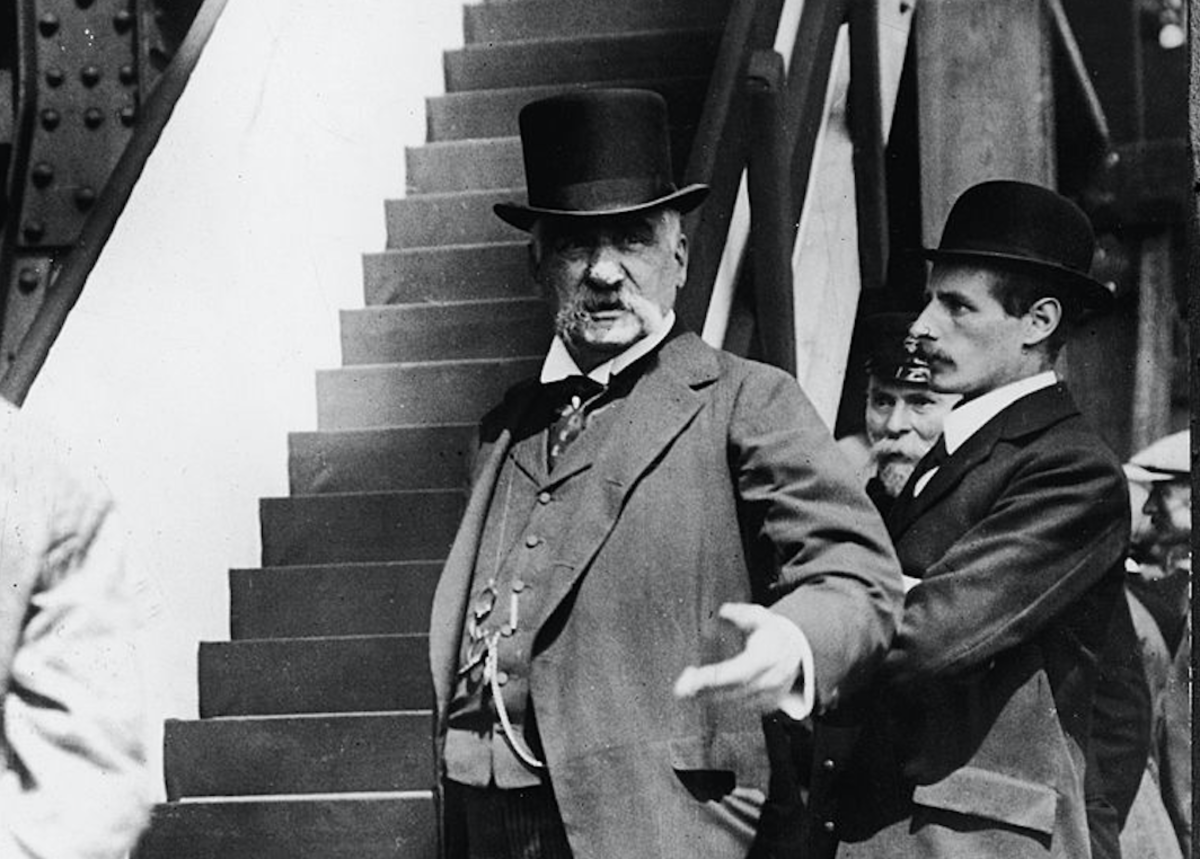What is the Morgan family? The Morgan family was a giant financial and banking empire, famous for dominating America and the world in the late 19th and early 20th centuries. With wealth accumulated over many generations, this family was known as is the “House of Morgan” and John Pierpont Morgan is the one who brought this family’s name to the world stage. He changed the electricity, railway, and steel industries and had the greatest influence in American business and political history.
Although it is impossible to determine the exact beginning and end of the Morgan banking dynasty, this family is still considered one of the corporations with the greatest influence on American economics and politics today. In this article, let’s learn about the Morgan Family together!
To understand more about the Morgan family, people can learn more about some of the articles below:
- What is the Rockefeller Family? The Mystery of the Family That Holds the Power to Influence All of America
- What is the Rothschild Family? The Mystery of the Family That Holds the World’s Financial Destiny
- What is the FED? All About the US Federal Reserve FED
Overview of the Morgan Family
An overview of the man who started the Morgan family
George Peabody (1801-1869) was an English-American businessman, investor and philanthropist. With his successful career, he is known as one of the richest people of the 19th century and a man who contributed greatly to the development of the American economy.
Peabody was born in Danvers, Massachusetts, in 1801. His father was a tanner and his family did not have much money. At the age of 11, Peabody had to drop out of school to work to help his family. He worked many different jobs, from secretary to street vendor.
In 1816, Peabody moved to Baltimore, Maryland, to work for a cloth trading company. He quickly affirmed his abilities and was promoted to a management position. In 1822, Peabody founded his own cloth business. Peabody’s company was very successful and he quickly became one of the wealthiest businessmen in Baltimore.

In 1837, Peabody moved to London, England, to expand his business. He founded the company Morgan, Peabody & Co., specializing in bond and foreign currency trading. Peabody’s company was very successful and he became one of the wealthiest investors in London.
Peabody was not only a successful businessman but also a generous philanthropist. He donated large sums of money to educational and charitable organizations in the US and UK. One of Peabody’s most famous gifts was the donation of £70,000 to establish the Peabody Foundation, which built and funded public libraries in America. Peabody also donated large sums of money to educational institutions such as Yale University and Harvard University.
Junius Spencer Morgan succeeded George Peabody
Junius Spencer Morgan (1813-1890) was an American investor and banker, and the father of John Pierpont Morgan, founder of the JP Morgan & Co. financial empire. Junius Morgan had an illustrious career in banking and is considered one of the most influential people on the American economy in the 19th century.
After finishing high school, Junius Morgan attended Yale University, but he dropped out to pursue a business career.
In 1834, Junius Morgan moved to New York to work for a private bank. In 1844, he and a friend founded their own banking company, called Morgan, Ketchum & Co. The company specialized in providing financial services to American businesses, and it quickly became one of the most successful private banks in New York.

In 1857, Junius Morgan moved to London to open a branch of Morgan, Ketchum & Co. here. He quickly became a prominent figure in London financial circles, and he became known for his ability to raise capital for American businesses.
One of Junius Morgan’s greatest successes was his raising capital for the United States government during the American Civil War. In 1861, the United States government was in desperate need of money to finance the war, and Junius Morgan succeeded in raising millions of dollars from European investors.
After the American Civil War, Junius Morgan continued to expand his business activities. He invested in a variety of industries, including railroads, steel, and electricity. He was also one of the first to invest in the Japanese economy, and he played an important role in helping Japan modernize.
John Pierpont Morgan – Pinnacle of the Morgan Family
John Pierpont Morgan was born in 1837 in Hartford, Connecticut. He is the son of Junius Spencer Morgan – a successful businessman who once worked for a cotton mill in England. John Pierpont Morgan was trained in business and finance from a young age. After finishing college, he began working at his father’s company and later became its CEO.
In 1871, John Pierpont Morgan founded JP Morgan & Company – a large financial company and is considered to have laid the foundation for the modern financial industry in America. He has also helped many other companies, including General Electric, US Steel and AT&T.

The factors that helped JP Morgan succeed have many similarities with the factors that helped the Rothschild Family dominate the financial arena: information networks and making money through wars between countries.
- Thanks to the extremely fast information network, JP Morgan made huge profits from the gold market during the North-South American civil war.
- In 1870, JP Morgan lent money to the French government in the war against Ottovon Bismarck and this event helped JP Morgan officially become a creditor of many different countries.
JP Morgan’s career is extremely outstanding with many achievements such as:
- Role in the economic crisis: John Pierpont Morgan had a very important role in resolving the biggest economic crisis in America in the 19th century – the Panics of 1893. He used his fortune to buy back depressed companies and merge them into a larger organization. Through this, he helped the economy recover from the crisis.
- Contribute to the steel production industry: After JP Morgan & Company took over Carnegie Steel, John Pierpont Morgan merged it with many other steel manufacturing companies to create US Steel – one of the largest steel manufacturing companies in the world. Since then, steel production has become one of the important factors creating America’s development.
- Role in the railway industry: Morgan began investing in the railroad industry in the early 1870s. He helped consolidate small railroad companies into larger corporations, which helped improve the industry’s efficiency and effectiveness. In 1879, Morgan founded the American Railroad Corporation, a large railroad corporation that included more than 100 railroad companies. This corporation helped unify the American railroad industry and helped it thrive. Morgan also helped finance the construction of the United States Transcontinental Railroad, a massive construction project that lasted from 1863 to 1869. This project helped connect the East and West coasts of the United States, which This has promoted the economic development of the whole country.
The birth of JP Morgan Chase
JPMorgan & Co. was founded in 1838 by George Peabody, an American financier. In 1864, the company was renamed JP Morgan & Co. under the leadership of Junius Spencer Morgan, son of Peabody. JP Morgan & Co. is one of the world’s leading investment banks. The bank helped finance many major construction projects, including the U.S. Transcontinental Railroad, the Brooklyn Bridge, and the Eiffel Tower. JP Morgan & Co. has also helped finance many large industrial companies, including General Electric, General Motors and US Steel.
Chase Manhattan was founded in 1799 as The Manhattan Company. This bank has grown into one of the largest banks in the world. In 1955, Chase Manhattan merged with Bank of the Manhattan Company, another bank headquartered in New York City. In 1969, Chase Manhattan merged with Chemical Bank, another large bank in New York.
In 2000, JPMorgan & Co. merged with Chase Manhattan.
This merger created the world’s largest bank. After the merger, JPMorgan Chase has continued to grow and expand. The bank has acquired many other banks and financial companies, including Bear Stearns, Washington Mutual and Smith Barney.
Currently, JPMorgan Chase is a multinational bank with headquarters in New York City. This bank has business operations in more than 60 countries and territories. JPMorgan Chase offers a range of financial services, including retail banking, investment banking, commercial banking and wealth management. This bank is one of the world’s largest financial service providers.
The decline of the Morgan family
The decline of the Morgan family began after JP Morgan died in 1913. His sons, Jack Morgan and Junius Spencer Morgan II, were unable to maintain the family’s status like their father. Jack Morgan is a quiet and reserved man who does not have the same foresight as his father. He also did not have the same decisiveness and leadership ability. Junius Spencer Morgan II was a talented man, but he suffered from alcoholism. He died in 1943, at the age of 54.
After Jack Morgan and Junius Spencer Morgan II died, the Morgan family gradually lost its influence. Subsequent generations of the family could not maintain the talent and vision of their predecessors.
There are several reasons for the decline of the Morgan family, including:
- Changes in the business environment: After World War II, the US economy changed dramatically. Increasing competition from banks and other financial companies has made it difficult for the Morgan family to maintain their position.
- The decline of tycoon power: During the 20th century, the power of tycoon families in the United States declined. The development of antitrust regulations and the rise of multinational companies have reduced the influence of these families.
- Internal family issues: Internal problems, such as alcoholism and mental health problems, have also contributed to the Morgan clan’s decline.
The Mysteries of the Morgan Family
The Morgan Family & The Rothschild Family
The Morgan family and the Rothschild family are two world-famous tycoon families. These two families had a close business relationship throughout the 19th and early 20th centuries. The business relationship between the two families began in 1838, when George Peabody, founder of the Morgan family, established a bank in London. Peabody has partnered with Nathan Mayer Rothschild, founder of the Rothschild family, to finance major construction projects in the United States and Europe.
The partnership between the two clans has helped fund many major construction projects, including:
- United States Transcontinental Railroad
- Brooklyn Bridge
- Eiffel tower
The two families have also cooperated in banking and finance. They have helped finance many major industrial companies, including General Electric, General Motors and US Steel.
The Morgan family with the story of the formation of the Fed
In the closed meeting that took place on Jekyll Island off the coast of Georgia for 7 days and nights, it played an important role in the later formation of the Fed, along with the participation of Nelson Aldrich, John D. Rockefeller Sr,… but also with the participation of JP Morgan – chairman of JP Morgan & Co bank and Henry P. Davison, vice chairman of JP Morgan & Co bank.
There has been a lot of information that these families must contribute money to later establish the FED.
Summary
Morgan family is a famous tycoon family in the United States. This family had a significant influence on the economy and politics of the United States throughout the 19th and early 20th centuries. Hopefully through this article, people can understand more about what the Morgan family is?


